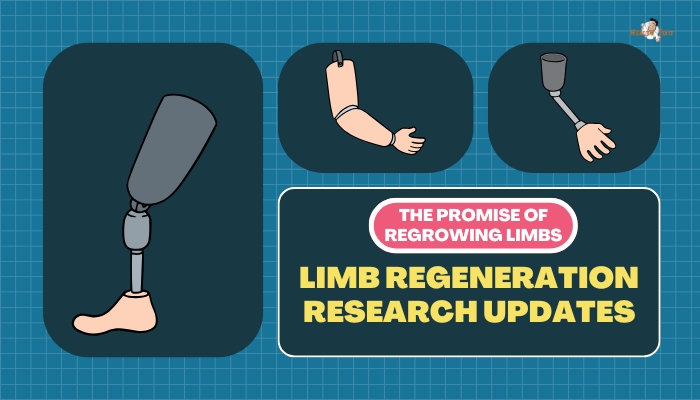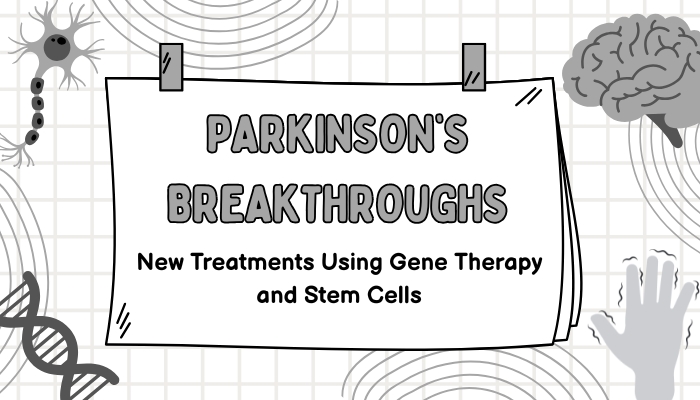Introduction
The success of mRNA vaccines during the COVID-19 pandemic underscored the technology’s speed and adaptability. However
, vaccine distribution hurdles left many low-resource regions underserved. A solution? Build mRNA “factories”—compact,
flexible facilities that can quickly scale up local vaccine production for diverse diseases. These next-generation microfactories would ensure equitable access, reduce logistic bottlenecks, and let communities pivot swiftly to emerging threats.
This article explores how on-demand mRNA production might reshape global healthcare and what challenges remain before such “factories” become widespread.
The Rationale for Local mRNA Production
Closing Supply Gaps
In a pandemic or sudden outbreak, centralized production can’t always meet global demands quickly. Shipping,
cold chain limits, and trade barriers can delay or block shipments. Small, regional mRNA factories bypass these constraints, delivering crucial vaccines directly and avoiding international bottlenecks.
Speed and Adaptability
mRNA vaccine platforms let scientists swiftly alter the genetic code if a pathogen mutates or a new variant emerges. Factories placed near outbreak hotspots can update vaccine designs in days, then produce them locally, bolstering real-time epidemic response.
Reduced Dependence on Big Pharma
Empowering countries or large hospitals with their own production lines fosters self-reliance. This model counters the scarcity or high cost that can arise when a few major manufacturers hold proprietary processes or scale.
Technological Advances Enabling Microfactories
Modular Bioreactors and Single-Use Systems
Traditional vaccine manufacturing demands big steel bioreactors, complex cleaning, and strict supply chains. Now, single-use or plug-and-play systems allow smaller footprints. Such technologies minimize contamination risks, cut overhead, and simplify scale-up or scale-down.
Automation and Digital Workflows
Robotic fluid handling, continuous sensors, and software-driven control unify the entire mRNA synthesis pipeline— from plasmid DNA
templates to final fill-and-finish. Automated processes reduce skilled manpower needs and maintain consistent quality critical for remote or resource-limited settings.
Cold-Chain Simplification
While early mRNA COVID-19 vaccines required ultra-cold freezers, next-generation formulas aim for more stable products at standard refrigeration temperatures. This shift further eases local distribution, supporting the microfactory concept.
Real-World Progress
Partnerships and Pilot Facilities
Organizations like the WHO and philanthropic initiatives have launched pilot microfactories in Africa and Latin America. These sites aim to master mRNA manufacturing protocols, then scale. Partnerships with leading biotech firms provide licensing or open-source formula sharing.
Modular Container Labs
Some startups package entire vaccine production lines in shipping-container labs. Delivered by truck or cargo ship, these containers can be quickly deployed in epidemic zones, enabling on-site production within weeks. They rely on prefab modules for mixing, purification, and testing.
Emerging Infectious Disease Projects
On-demand microfactories can address neglected tropical diseases or new zoonoses that big pharma might not initially invest in. By tailoring local production to local pathogens, communities can respond to regional disease burdens more effectively.
Benefits Beyond Pandemics
Routine Vaccinations
Microfactories can handle routine immunizations—e.g., measles, polio, or influenza shots. Having a local supply prevents disruptions if global supply lines falter, ensuring consistent vaccine coverage for childhood or seasonal immunization programs.
Potential for Other mRNA Therapies
mRNA technology extends beyond vaccines, including cancer therapeutics or enzyme replacement for rare diseases.
Regions with microfactories might produce tailored or experimental mRNA treatments more affordably, especially for diseases neglected by major markets.
Economic and Skill Growth
Local manufacturing fosters job creation and skill development in biotech sectors, fueling innovation ecosystems. Over time, countries hosting these plants gain scientific autonomy, positioning themselves for broader biomedical research.
Challenges and Considerations
Technology Transfer and Training
Producing mRNA requires advanced knowledge of plasmid DNA design, in vitro transcription, purification, and lipid nanoparticle formulation. Ensuring local operators master these intricacies demands thorough training and stable partnerships.
Quality Control and Regulatory Approval
Each microfactory must meet strict Good Manufacturing Practices (GMP). National or global oversight is needed to confirm that vaccines match high-quality standards. Setting up robust QA/QC labs and standardized guidelines are vital.
Cost and Scalability
While smaller sites reduce distribution challenges, each facility invests in specialized equipment and staff. Economies of scale might be less than at mega-plants. Policy incentives or global support (e.g., from Gavi, CEPI) can help offset these initial costs.
The Future of “mRNA Factories”
Networked Global Infrastructure
In the future, a global web of microfactories—coordinated by real-time data on disease outbreaks—could pivot collectively to produce a new vaccine variant. This ensures multiple lines of defense if a single site faces disruptions or surging demand.
Public-Private Partnerships
Cooperation among governments, philanthropic organizations, and private biotech fosters technology sharing and risk pooling. This synergy might handle patent issues, standardize best practices, and streamline licensure for new or updated mRNA formulas.
Vision of Healthcare Equity
Rapid local vaccine supply can transform how lower-income regions handle epidemics. Freed from long import waits, communities can respond proactively. The ultimate goal is bridging rich-poor divides in immunization and disease control.
Practical Recommendations
- Stay Updated: Keep an eye on major initiatives like the WHO mRNA tech transfer program or progress from philanthropic alliances (Gates Foundation, CEPI).
- Policy Support: Advocate for local authorities to invest in training, infrastructure, and regulatory frameworks that welcome microfactory deployment.
- Collaboration: Healthcare providers, researchers, and policymakers should engage with emerging pilot projects—contributing local epidemiological data, for instance, to tailor vaccine production.
- Plan for Sustainability: Beyond building factories, ensure sustainable operational budgets, consistent raw material supply, and staff retention over the long term.
Conclusion
Establishing on-demand mRNA factories in every region may sound ambitious, but the blueprint is forming rapidly.
Spurred on by the success of COVID-19 vaccines and the urgent need for pandemic preparedness, these small,
flexible production hubs stand to revolutionize global health. By drastically cutting manufacturing and distribution times, they could prevent countless deaths, accelerate routine vaccination programs,
and even deliver advanced therapies to previously overlooked areas. While training, funding, and regulatory alignment remain significant hurdles
, the momentum behind local vaccine manufacturing is unmistakable. In the next decade, mRNA microfactories could become pillars of a more resilient, equitable, and proactive healthcare infrastructure for all.
References
- Pardi N, Hogan MJ, Weissman D. mRNA vaccine development for pandemic preparedness. Nat Rev Drug Discov. 2021;20(6):427–438.
- Dolgin E. The push for global mRNA manufacturing. Nat Biotechnol. 2021;39(12):1603–1605.
- Liu MA. A new era for vaccines: the success of the mRNA platform. Cell Host Microbe. 2020;27(6):857–859.
- Seneviratne S, et al. Decentralized vaccine manufacturing: bridging high demand and resource-limited settings. Vaccine. 2021;39(47):6893–6899.
- Girard M, et al. Pandemic vaccine manufacturing training: synergy for local production. Int J Infect Dis. 2019;89:86–91.
- Swaminathan S, WHO. The vision for mRNA tech transfer and capacity building. Vaccine. 2022;40(2):140–142.
- Attaran A, et al. Overcoming IP barriers to global vaccine production. Lancet. 2021;398(10314):1835–1836.
- Schlake T, et al. mRNA technology for next-generation vaccines. Curr Opin Immunol. 2019;59:14–20.
- Lurie N, Saville M, Hatchett R, Halton J. Development of vaccines during a pandemic. N Engl J Med. 2020;382(21):1969–1973.
- Rappuoli R, et al. Managing future pandemics with a global mRNA manufacturing network. Trends Mol Med. 2022;28(10):811–813.







